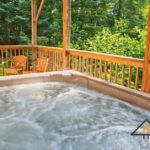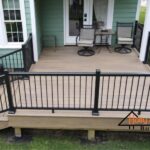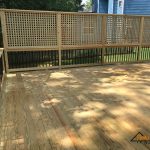How To Begin
Designing a three-season room/sunroom that complements your home and outdoor setting is important for a cohesive and aesthetically pleasing result. Working with a design professional or contractor can greatly assist in the planning process, as they have expertise in creating functional and visually appealing spaces.
Building codes and permits are essential considerations when constructing a three-season room. These codes and regulations ensure that the structure is safe, meets certain standards, and adheres to local building requirements. Your contractor will be familiar with these codes and can guide you through the permitting process.
If you plan to convert an existing deck or porch into a sunroom, there may be structural considerations to address. Decks and porches are typically designed to support outdoor conditions and may not have the necessary features to accommodate a fully enclosed and insulated space. Your contractor can assess the existing structure and determine if any modifications or reinforcements are needed.
When designing a three-season room, there are several important factors to consider.
Three-Season Room – Purpose and Function
Determine how you plan to use the three-season room. Will it serve as an entertainment area, dining space, or a place for relaxation? Understanding its intended purpose will help guide the design choices, including the layout, furniture selection, and amenities.
Climate Control
Unlike a four-season room or an addition to your home, a three-season room is designed to be used during three out of four seasons, typically excluding the colder winter months. Consider the climate in your area and how you will control temperature and ventilation within the room. You may wish to include items such as ceiling fans, portable heaters, or removable panels to adapt to changing weather conditions.
Integration with the Home and Outdoors
Ensure that the design of your three-season room seamlessly integrates with both the interior of your home and the exterior. Choose materials, colors, and finishes that complement the existing architecture of your home while blending with the natural elements outside. Consider the views, landscaping, and access points to create a cohesive transition between the two spaces.
Lighting and Views
Proper lighting and maximizing views are essential aspects of three-season room design. Incorporate ample natural light through the strategic placement of windows, skylights, or glass walls. Consider the orientation of the room and how it will capture the sun along with desirable views of the surrounding landscape. Artificial lighting should also be carefully planned to provide adequate illumination during evening hours.
Remember, consulting with a design professional or contractor can be beneficial when designing your three-season room. They can offer expertise, suggest creative solutions, and ensure that the design aligns with your specific needs and local building regulations.







